If your Garage Door Tracks are in good shape, you are on the right path in life! Indeed, this component of your garage door installation is critical to the machine’s overall performance, assuring constant functioning, quiet, and safety.
To ensure its long and healthy life, you must know how and why each part of your garage door operates. There is a wealth of information on these durable structures, including some warning signs that yours is due for a tune-up.
Table of Contents
How Do Garage Door Tracks Work?
Get the basics down first. The garage door tracks are the immovable “lanes” that your garage door must go through each time it opens or shuts. There would be no way to guarantee that the garage door operated mechanically correctly every time without these lanes. Because there are so many moving pieces, it is necessary to have some immovable components to maintain everything in order.
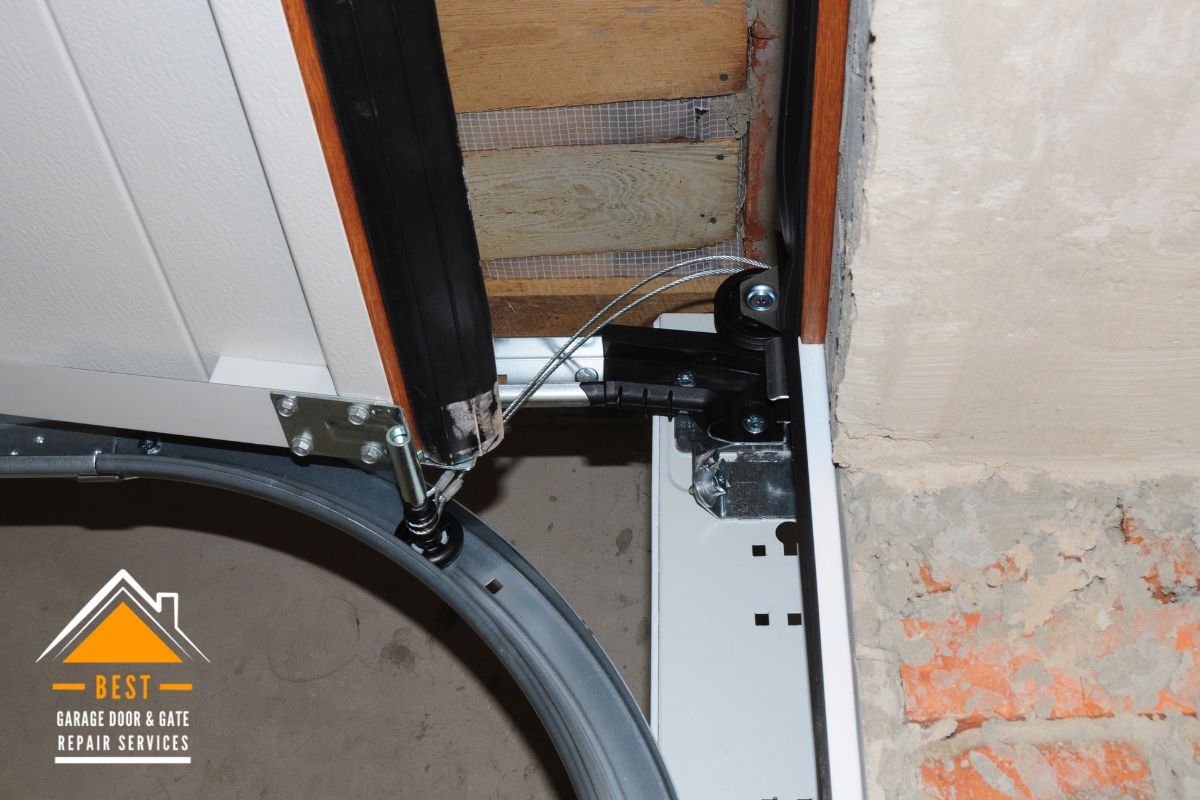
How Do Garage Door Tracks Work?
If you have one of those systems, there are tracks on either side of an overhead garage door. The upside-down L-shape structures that span from floor to ceiling are easy to spot—they’re almost impossible to avoid.
In contrast, sliding garage doors are constructed in a somewhat different manner. To smoothly move the garage door into position, these tracks run along the top and bottom of the door. There may be no need for tracks when conventional carriage-house-style doors swing outward rather than folding back into the garage.
What Makes Garage Door Tracks Essential?
If you don’t have the components, your garage door won’t function properly. This is true for several garage door parts. Therefore we’ll go into more detail below.
A pair of rollers, which look like small wheels, lift your garage door to the top of the tracks. Several things might cause your Garage Door Springs and cables to get overworked, such as if your garage door tracks become twisted.
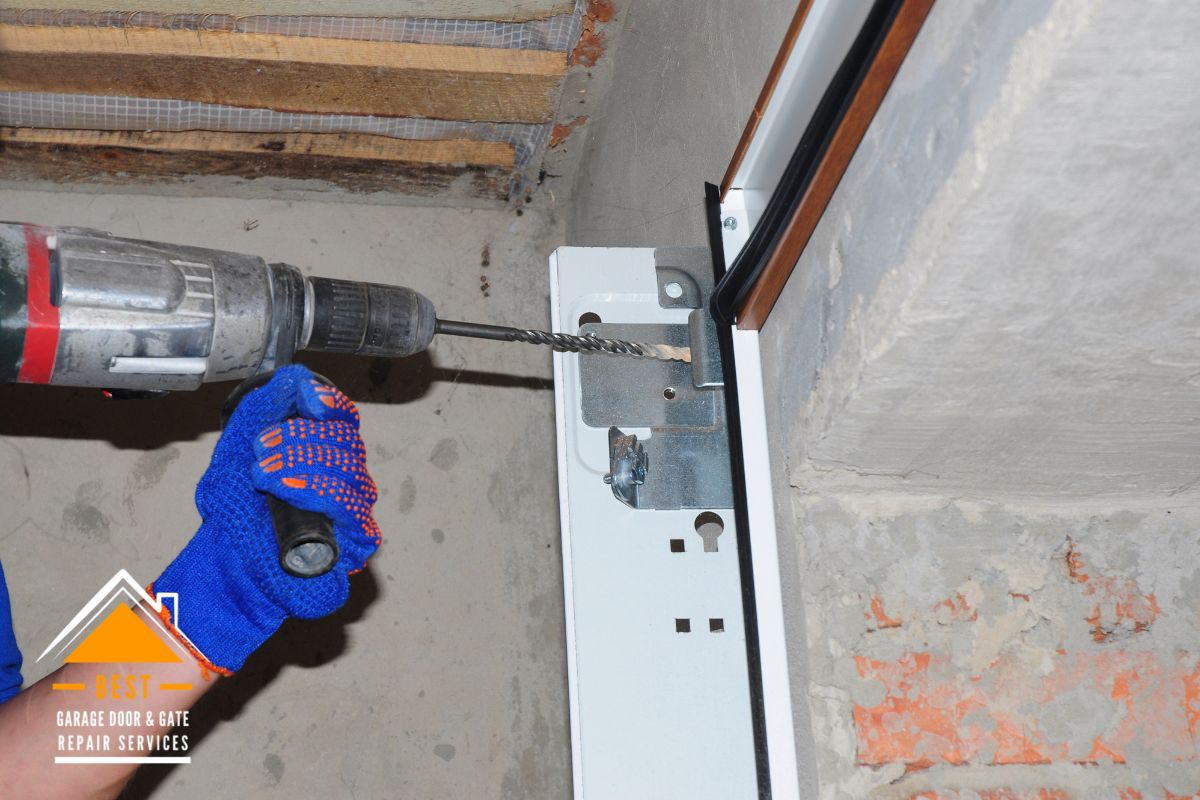
What Makes Garage Door Tracks Essential
Your garage door would be impossible to open if the tracks were completely missing or if it slipped off of them. And all that weight on portions of your garage door that aren’t designed to handle it might cause severe damage.
Are All Garage Door Tracks The Same?
Nope! We’ve previously spoken about the two most common types of garage doors, the overhead and the sliding, but the former offers many possibilities for personalization. There is no question that a track will assist your home garage door installation.
-
The Widths of Garage Door Tracks Vary
Exactly as it sounds, the width of your garage door track measures from one side to the other. Generally speaking, this size ranges from one to three inches, with two being the most frequent for both residential and commercial garage door installations. However, three-inch tracks may also be employed if a particular model is heavy.
-
Different Lift Types of Garage Door Tracks
You may choose from various alternatives with vertically-oriented doors to open your garage door. Unlike residential garage doors, which often have a curved part, many commercial garage doors rise vertically and away from the inside wall. Even the most basic garage door tracks have a lot of variation, and some seem like a mix of the two images above.
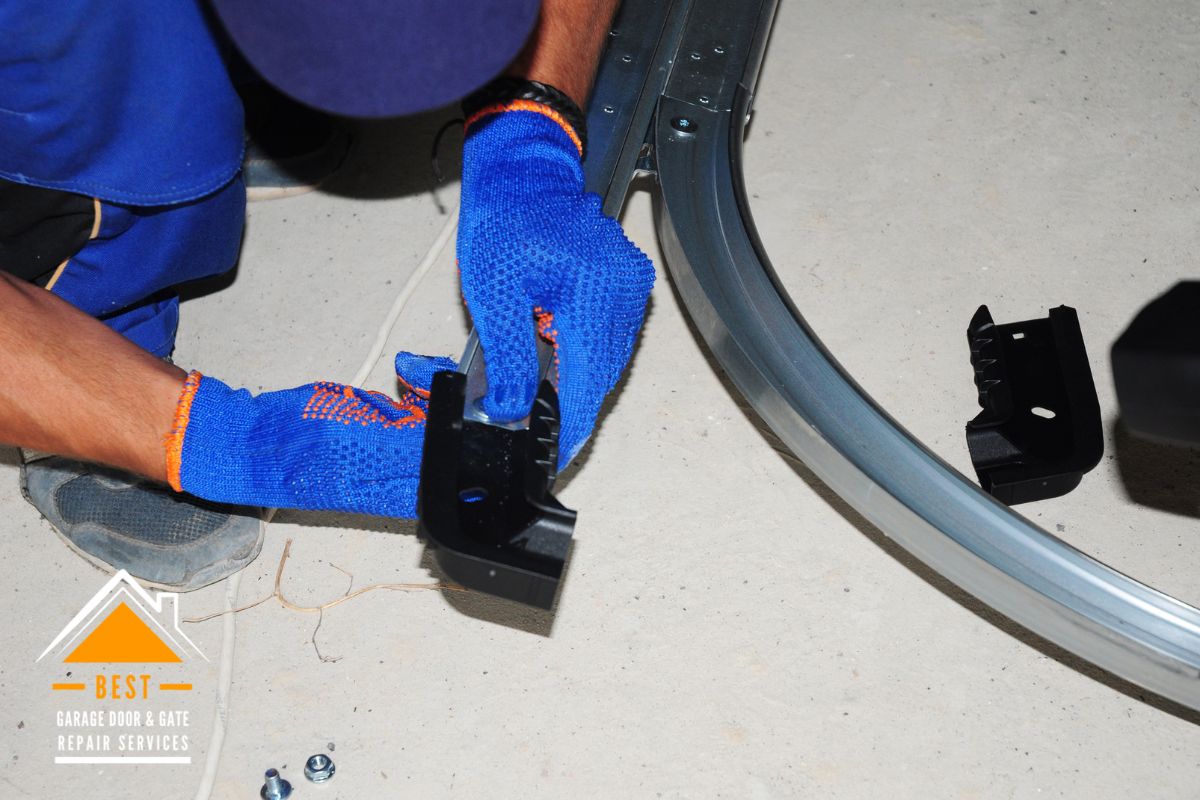
Sizes And Features Of Tracks
Sizes And Features Of Tracks
Galvanized garage door tracks resist rust and corrosion. Rough steel rails coated in black paint were standard on earlier railways. The most typical vertical track lengths are six feet four inches up to fourteen feet four inches, with most graduations of 12 inches.
Garage door tracks are available in one, two, and three-inch widths. For truck and semi-trailer doors, one-inch tracks are the most frequent choice. The majority of household and commercial applications use a two-inch track. Heavy-duty residential and industrial garage doors may be supported and guided by three-inch rails.
There are three standard thicknesses of residential tracks: 0.055,.062, and 0.075. Lighter steel doors have necessitated a decrease in track thickness throughout the years. Heavy wood doors typically had a 0.075-inch thickness. It had previously been set at 0.083 inches—steel with a thickness of. One hundred nine inches is often used to build three-inch rails.
How Can I Tell Whether The Tracks On My Garage Door Need To Be Fixed?
The most apparent indicator of a problem is when your garage door refuses to open completely; this is generally due to the door slipping off the tracks. This very hazardous scenario demands rapid garage door repair from a qualified specialist!
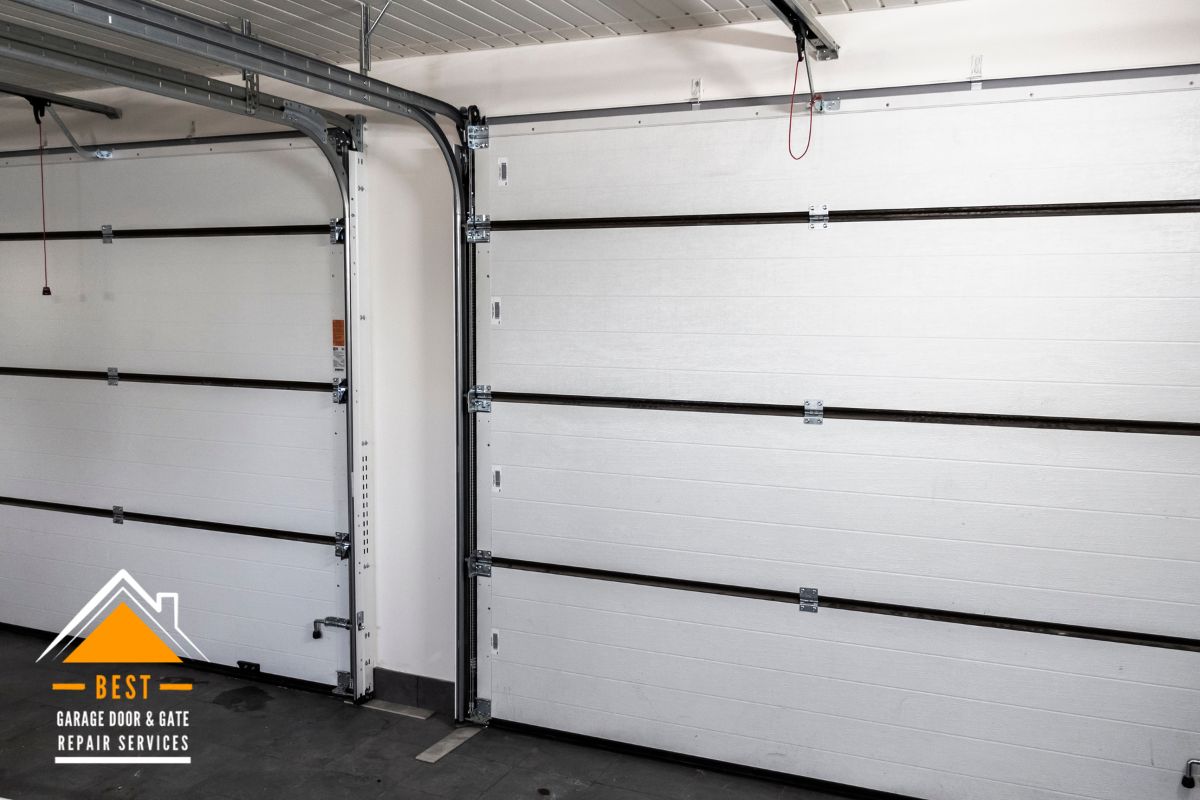
Garage Door Tracks
However, there are several reasons why a Garage Door Cannot Open, so don’t worry just yet. This may also indicate something is wrong, such as squeaking or grunting noises coming from your garage door.
Bottom Line
The carriage-type overhead garage door you’ve chosen is stunning, and you can’t wait to install it. You may have an older house or construct a new home and garage from the ground up to suit your preferences.
You need to know about garage door track alternatives, the hidden workhorse that will operate with your new garage doors for many years, no matter what area your new doors are going into.

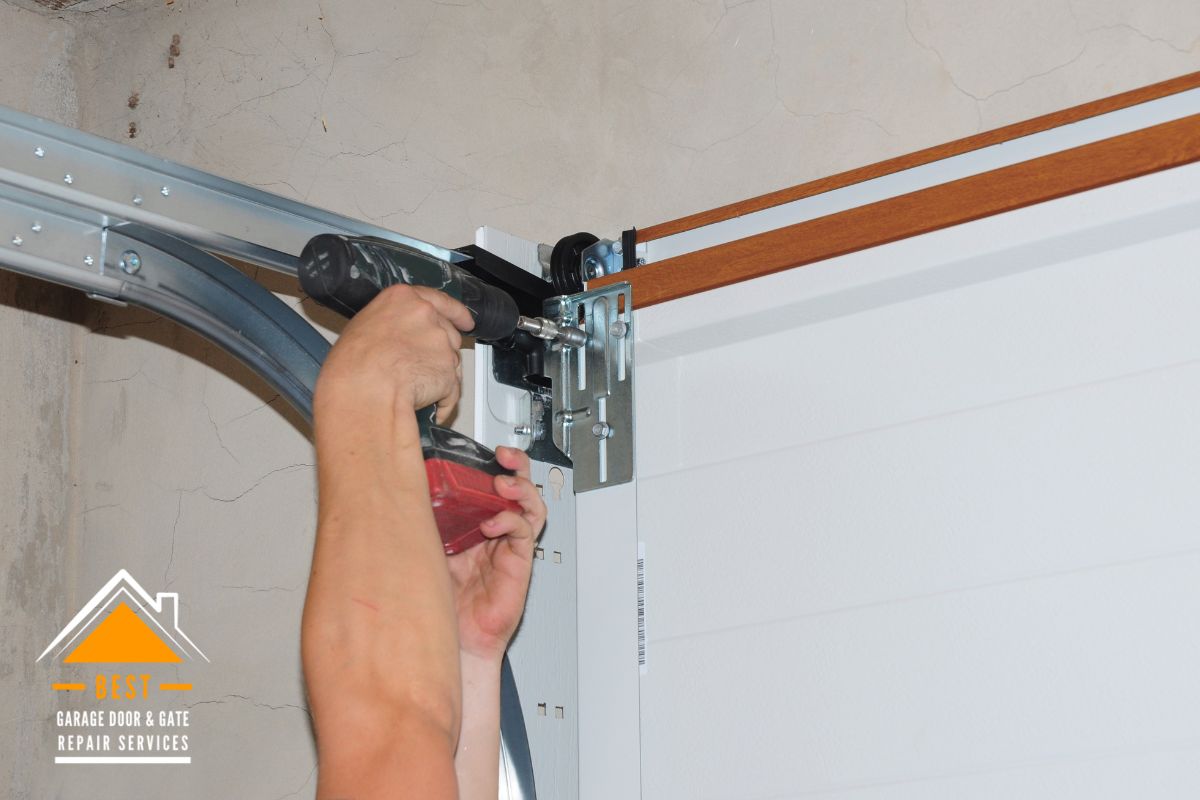

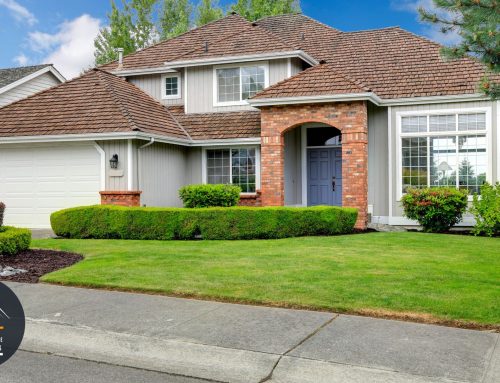
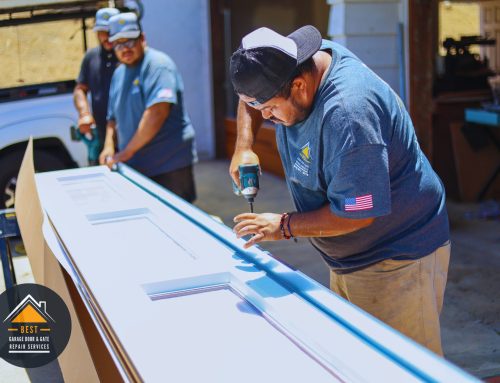

Leave A Comment